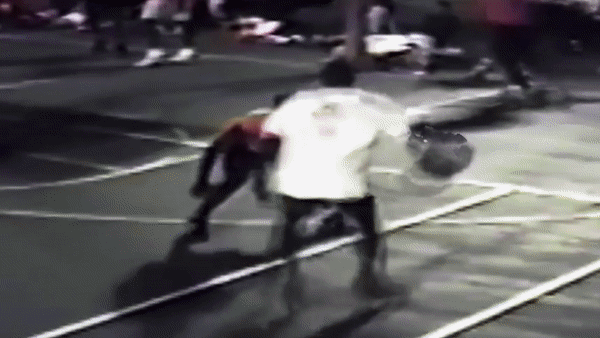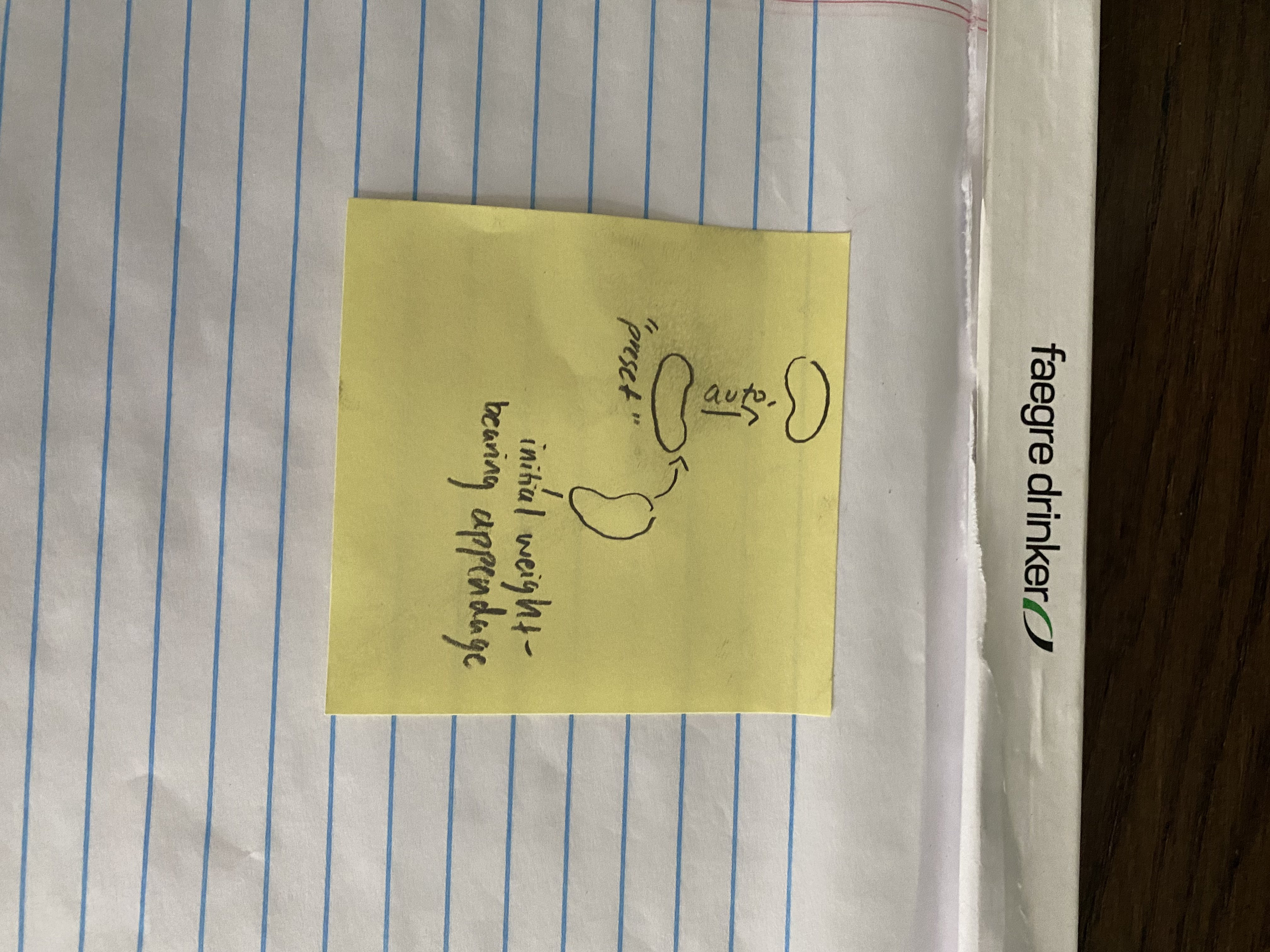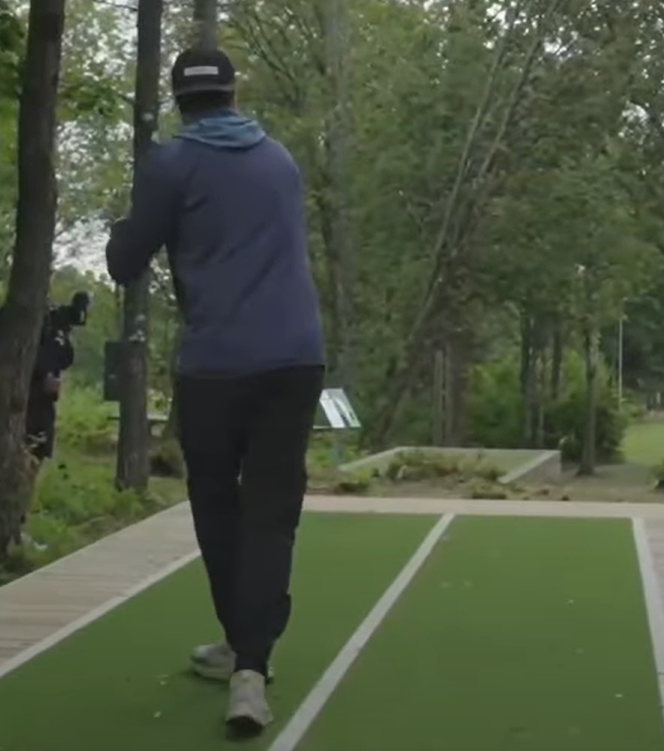intro
Whoops, the thread title was supposed to beSimple Weight Shift Exercise Super Secret Weight Shift Technique - Do This One Thing to Get Big D! Are you a longtime forum-reader-form-tinkerer who has grown tired of the onslaught of hand-cue debate underpinned by the squabbling of internet form coaches? Well, come on in; the water's fine. Today's subject is footwork.
meat and potatoes
If you've long yearned to nail the disc golf weight shift, try this simple exercise to cop a feel: take whichever leg/foot is the rear one in your disc golf swing, place it in front of you, and turn it 90 degrees so that the toes are pointed out from your body. This foot should now be in front of you and oriented perpendicular to the plant leg foot making an "L" of sorts, and you should be bearing most of your weight on your plant leg (because it is the one most under your center of mass at this point). Now, get off your weight-bearing plant leg by shifting/sinking your weight into the twisted up/preset other foot. You should be irresistibly pulled into a weight shift from the rear leg toward the plant. Voilà - the way your body moved reactively in this exercise is how it feels to move well from rear to plant in the disc golf swing.
outro
From God Shammgod, one of the greatest ball handlers of all-time: "It's all in the footwork! Faster! The hands are an illusion!!!"

Whoops, the thread title was supposed to be
meat and potatoes
If you've long yearned to nail the disc golf weight shift, try this simple exercise to cop a feel: take whichever leg/foot is the rear one in your disc golf swing, place it in front of you, and turn it 90 degrees so that the toes are pointed out from your body. This foot should now be in front of you and oriented perpendicular to the plant leg foot making an "L" of sorts, and you should be bearing most of your weight on your plant leg (because it is the one most under your center of mass at this point). Now, get off your weight-bearing plant leg by shifting/sinking your weight into the twisted up/preset other foot. You should be irresistibly pulled into a weight shift from the rear leg toward the plant. Voilà - the way your body moved reactively in this exercise is how it feels to move well from rear to plant in the disc golf swing.
outro
From God Shammgod, one of the greatest ball handlers of all-time: "It's all in the footwork! Faster! The hands are an illusion!!!"

Last edited:











